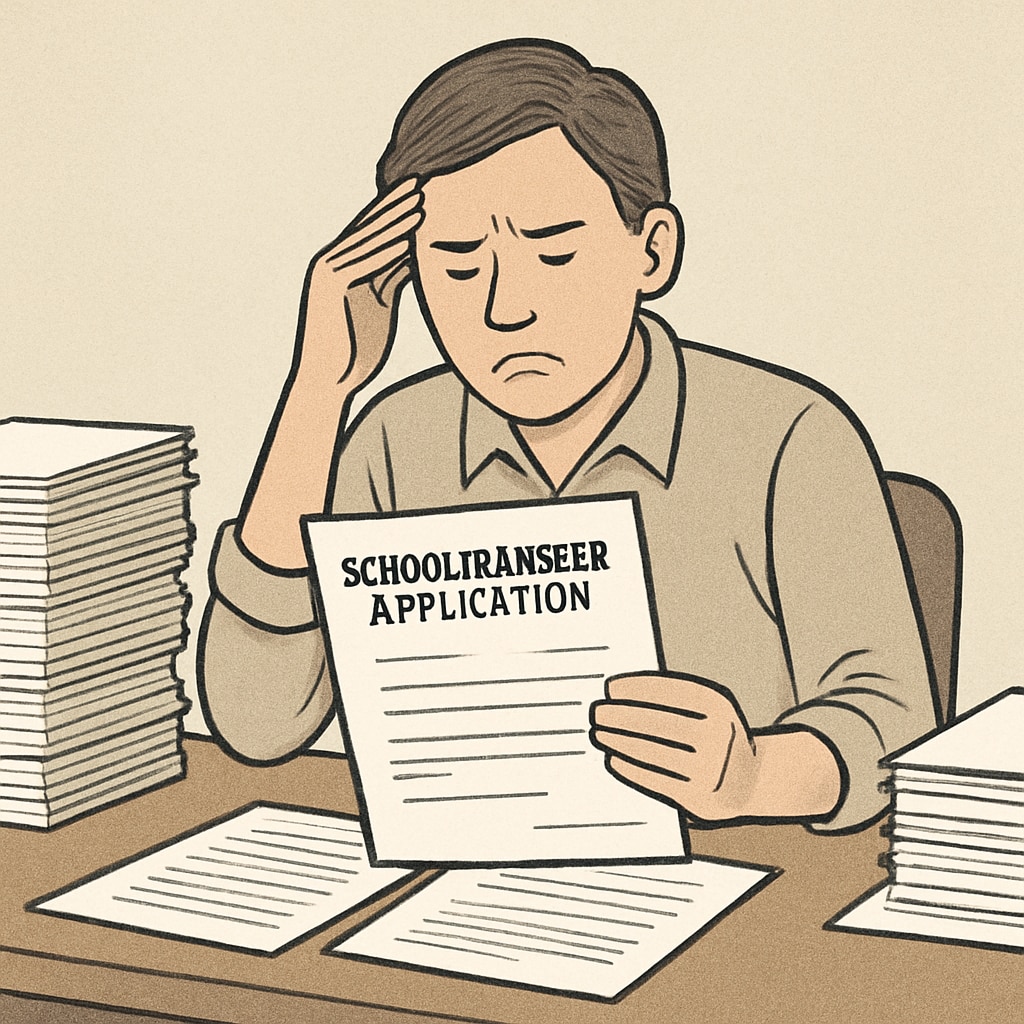In the realm of K12 education, issues such as “school discrimination, school choice, and inter-district communication” often emerge as critical barriers for families seeking alternative educational opportunities. For many households, transferring their child to a different school district is not just a matter of preference but a necessity, especially when facing discrimination or inadequate support in their current school. Unfortunately, systemic obstacles within school district communication channels can make this process unnecessarily complicated, limiting students’ rights to equitable education.
Understanding the Root Causes of Communication Barriers
School district communication plays a pivotal role in facilitating smooth student transfers. However, administrative inefficiencies, lack of standard procedures, and inconsistent policies often impede families attempting to navigate this process. For example, some districts require extensive documentation, while others may delay responses or provide conflicting information. These hurdles disproportionately affect families experiencing discrimination, placing additional emotional and financial stress on them.
- Administrative delays in processing transfer requests
- Lack of transparency regarding eligibility criteria
- Unclear communication between districts regarding student records

Impact on Families Facing Discrimination
Discrimination within schools—whether based on race, socioeconomic status, or special needs—can prompt families to seek transfers to safer and more supportive environments. Yet, when districts fail to cooperate or actively create obstacles, this exacerbates the problem. For instance, families might encounter situations where one district refuses to release student records, or another imposes arbitrary restrictions on transfer eligibility.
Such challenges not only limit the family’s access to better educational opportunities but also perpetuate systemic inequities. As a result, students trapped in hostile or unsuitable environments face long-term consequences for their academic and emotional well-being.

Recommendations for Transparent Transfer Mechanisms
To address these challenges, policymakers, educators, and families must advocate for transparent and standardized procedures for inter-district transfers. Clear communication protocols, streamlined documentation processes, and timely decision-making can significantly improve outcomes for students seeking alternative educational options.
For example:
- Establish uniform transfer policies across districts to reduce confusion
- Implement digital platforms for submitting and tracking transfer applications
- Train administrative staff on handling sensitive cases, such as those involving discrimination
- Encourage inter-district cooperation to prioritize the student’s best interests
For further insights into school choice policies, visit the School Choice page on Wikipedia. Additionally, learn about related systemic issues on Education on Britannica.
Conclusion: Empowering Students Through Systemic Change
Barriers in school district communication should not prevent students from accessing safer, more inclusive educational environments. By recognizing the importance of transparent transfer mechanisms and addressing systemic inefficiencies, we can ensure that every child has the opportunity to thrive academically and emotionally. Families facing discrimination deserve support, not obstacles, as they advocate for their children’s rights to equitable education.
It is imperative for school districts, policymakers, and communities to work collaboratively to dismantle these barriers. Only then can we achieve a truly equitable K12 education system that prioritizes the needs of every student.


